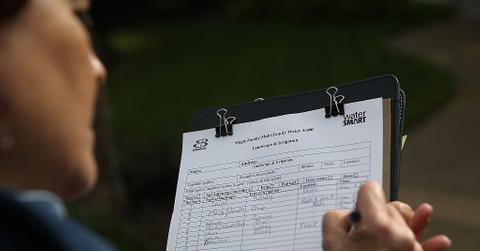What You Need To Know About MUD Tax
If you live in a municipal utility district (or MUD), you’ll be required to pay tax to fund utility services.
March 10 2022, Published 6:54 a.m. ET

A municipal utility district (or MUD) is a special type of administrative unit set up to develop and operate utility infrastructure in communities where municipal services are lacking. The MUD system is common in Texas, where it’s credited for improving home affordability. If you’re considering buying a home in Texas, it may help you to know how MUD tax works and how it could affect you.
When it comes to making home purchase decisions, people usually take a number of factors into consideration, such as the property’s price, location, and access to utility services. A property located outside a city may be more affordable, but you may have reduced access to utility services and other amenities. That’s where a MUD helps.
A MUD extends municipal services to neighborhoods outside the city limits. It provides water, sewerage, road maintenance, and waste services to the covered community, which can consist of hundreds or thousands of households. A board of directors elected by the community manages the MUD, while a state agency provides oversight. In the early stages, a MUD may be managed by a board picked by a state agency.

What is MUD tax?
To fund its utility infrastructure development, a MUD often issue bonds. The bond is repaid through MUD tax and revenue from service fees. The service revenue may come from billing residents for water use, for example, and the tax is levied on property owners in the district. The tax rate varies depending on property value. In some districts, a portion of the tax may go into debt service, while another portion goes to service maintenance.
How long do MUD taxes last?
Unlike regular property tax, MUD tax may be eliminated once the associated bond has been paid off, which can take up to 30 years. Some MUD administrators take advantage of lower interest rates to refinance the debt, reducing the debt service cost and MUD tax for residents. Additionally, the MUD tax rate often reduces as the debt decreases and its service revenue increases. In some districts, disabled residents may be exempt from MUD tax.
Are MUD taxes included in property taxes?
Where applicable, MUD tax is included in the property tax, so you don’t have to pay it separately. As a result, you may see a high property tax as long as you’re under the MUD levy. Depending on where you live, you may need to pay the tax in installments throughout the year or in a lump sum once a year.
If you purchased your home on a mortgage, the MUD tax and property tax may be built into your monthly mortgage bill, meaning the bank will take a portion of the mortgage payment and put it into a special account to pay property taxes on your behalf. Once you clear the mortgage, the responsibility of paying the property tax will shift to you. Failure to pay property tax could lead to your house being seized and auctioned off to recoup the past-due tax.
